Description
Conventional control systems are typically based on the measurement and direct control of the dissolved oxygen concentration, in larger wastewater treatment plants often superimposed by other process parameters such as the ammonium and/or nitrate concentration. Due to the size of the tank, system inertia, unfavorable dimensioning of blowers and use of butterfly valves as control valves with poor or insufficient control performance (details see DWA M 229-1, September 2017 edition), there will be delays in the control response. These delays can be in the range of 1-5 minutes and thus lead to deviations of the actual concentration compared to the setpoint of up to 1.5 mg / l.
In the negative case, this deviation can lead to an undersupply of oxygen in the aeration tanks with a negative impact on the sludge properties and effluent quality with respect to ammonium concentration. In the positive case, this leads to over-aeration of the biological stage leading to unnecessary energy consumption. Over-aeration might also cause significant adverse process effects such as carryover of dissolved oxygen into denitrification zones (reduction in denitrification performance, increase in nitrate nitrogen in the effluent) or mineralization of the activated sludge. These adverse effects occur relatively quickly in underloaded sewage treatment plants.
The VACOMASS® system continuously monitors the local air supply and therefore recognizes even the smallest deviations in the set point. The local control immediately intervenes and compensates the influence of external disturbances on the air distribution. VACOMASS® flexcontrol is a PLC-based field housing or a complete control cabinet with hardware and software modules for control of process of nitrogen removal, diffuser maintenance and monitoring of signal quality used for control. Data communication between SCADA/ main PLC and flexcontrol can be done via various bus systems, a remote dial-in can be activated for parameter monitoring & adjustment, support of the operator and other functions.
Operation is done on the 7 “-touch screen or on the screen in the control room. The operator can change the control parameters at any time on site or via remote dial-in. Each control loop has its own processor with process-specific configurated software which works fully independently. All DIN-rail modules and can be easily changed by the operator in case of failure, all remaining control loops are not affected at all. An optional redundant local PLC will take over operation automatically in case of failure of local PLC.This creates highest operational safety and flexibility. Up to 12 control loops can be implemented in one cabinet. Any number of control cabinets can be connected so that both the smaller plants and large sewage treatment plants can use the same standardized and so cost-effective building blocks.
All common interfaces are available. The freely expandable number of inputs and outputs or data transmission with bus systems open up the possibilities for data acquisition and evaluation for further process monitoring and optimization. Safety updates can be installed remotely.In order to promptly recognise trends in sewage treatment plant, sending of standardised status messages can be activated.
In most cases, the process control system only specifies the setpoint for dissolved oxygen concentration (which can also be calculated in flexcontrol based on the ammonium concentration). In case of deviations from DO-setpoint, the new required stroke of the control valve is calculated and precisely adjusted one step. This reduces operating frequencies compared to the stepwise adjustment of the new stroke and premature wear of the actuator and valve.
Highlights
- Modular system to optimize nitrogen elimination while reducing energy consumption in sewage treatment plants
- Can be used regardless of the size of the sewage treatment plant
- High quality components – Made in Germany
- Possible to measure exact air flow in the individual basins (zones)
- Unique, high-precision control valves, especially developed for aeration air, with demonstrably much lower pressure loss in control operation than all other valves available on the market
- Control modules developed specially for the application in the flexcontrol field housing, which contain all control strategies for nitrogen elimination according to DWA-A 268 and maintenance of the aerators according to DWA-M 229
- The flex algorithm improves process stability and reduces operating costs for aeration, avoids plant malfunctions, ensures compliance with the limit values in the effluent and enables economical operation of the treatment plant
- proven concept with many international references on sewage treatment plants of different sizes
Application Area
- Load-dependent control of the air supply to individual aerated tanks and the distribution of the aeration air to the different tanks or lanes
Energy efficiency in aeration control Part 1-system integration
Energy efficiency in aeration control Part 2-control valves
Energy efficiency in aeration control Part 3-intelligent adaptive aeration controller
Energy efficiency in aeration control Part 4- MOV-MIV
Process safety in aeration control Part 1- use of flexible zones
Process safety in aeration control Part 2- use of special algorithms in multistage aeration
Process safety in aeration control Part 3- use of intermittend aeration in low load phases
Process safety in aeration control Part 4- use of precise control valves
Process safety in aeration control Part 5- precise flow metering

